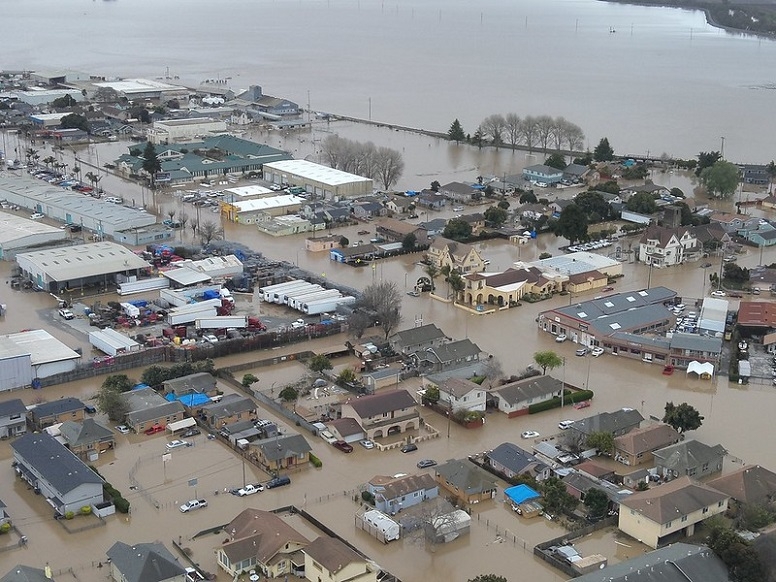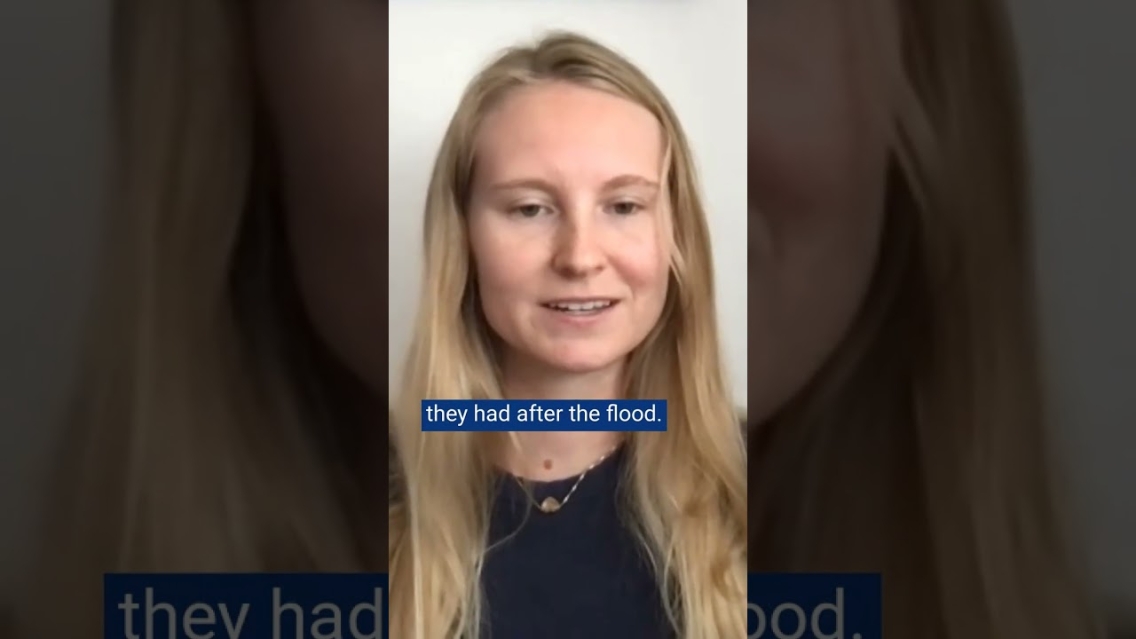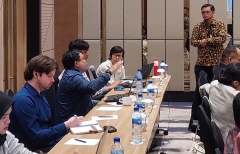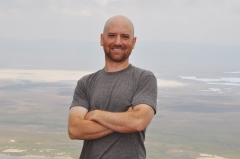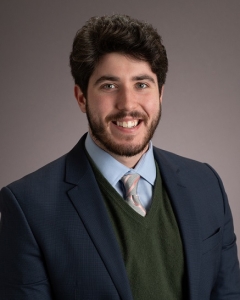Field Work: Helping Indonesia Navigate Climate-Fueled Sea-Level Rise, Tsunamis, and Displacement
| by Caitlin Fillmore
Marion Ayer supports climate policy making for projects in Indonesia and across Southeast Asia in his role at the International Organization for Migration (IOM).

